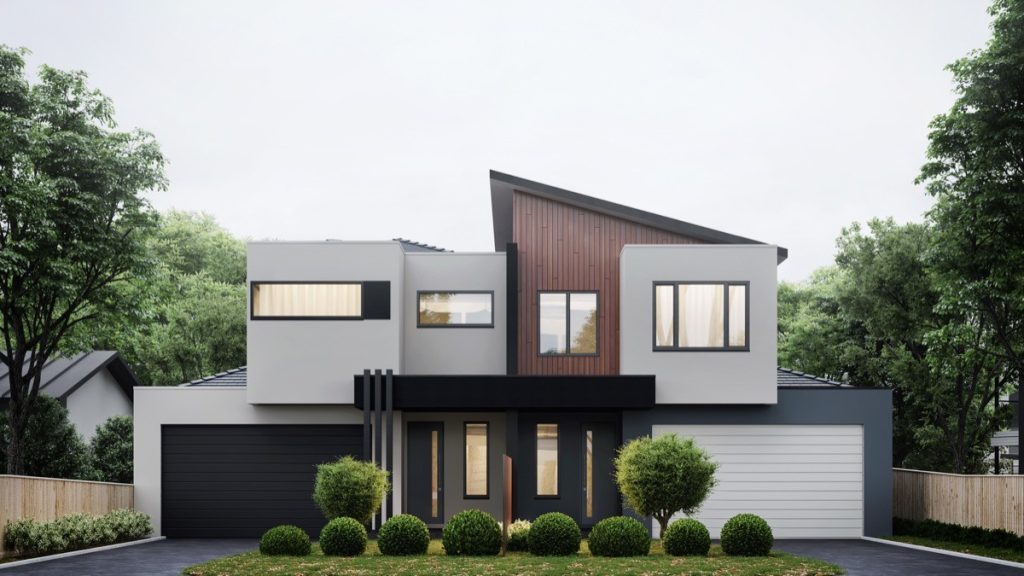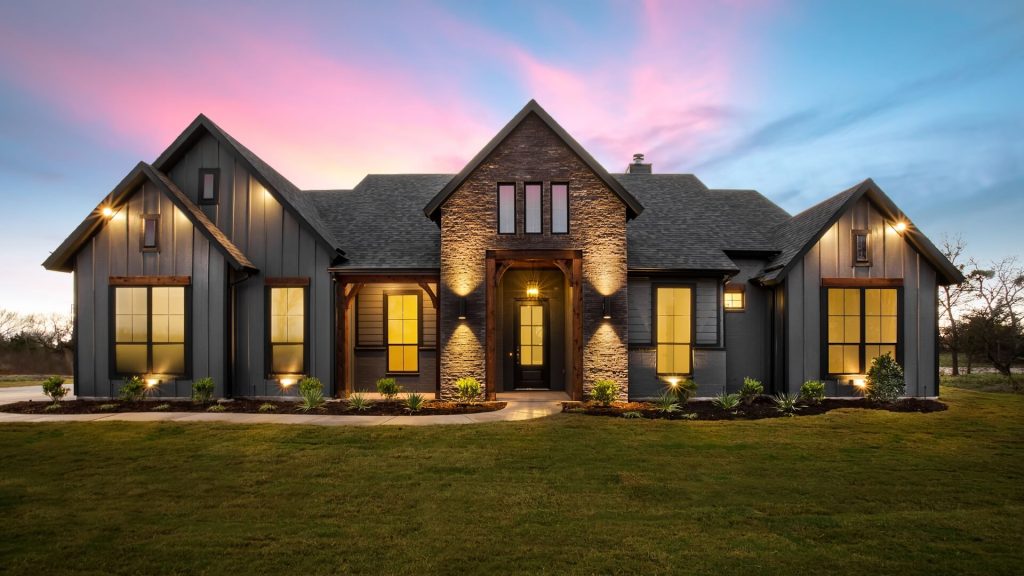Artificial intelligence (AI) is transforming home design, offering a wide range of possibilities. It can create stunning visuals, streamline the design process, and provide cost-effective solutions. However, it’s essential to understand its limitations and the importance of creativity, empathy, and human expertise in the design process.

AI-based tools allow homeowners and designers to experiment with various styles, materials, and colors for their home’s exterior. These tools offer real-time 3D visualizations, enabling better decisions based on personal preferences. By offering access to extensive material libraries and design concepts, AI-powered software helps ensure that designs are practical and well-suited to local climates and environments.
For non-experts, AI exterior design tools are user-friendly and easy to navigate, making them ideal for homeowners without design backgrounds. At the same time, professionals can customize the software to fit their workflow, speeding up the design process and boosting client satisfaction.
AI tools also help designers choose materials that align with a home’s location and climate, ensuring the final build is weather-resistant. Programs like Planner 5D, Hover, Cedreo, and SketchUp are among the top AI home design tools available, offering different features suited for various needs and budgets.
Despite these advantages, AI tools aren’t perfect. They may suggest designs that don’t blend well with their surroundings or fail to capture a homeowner’s unique vision. That’s why human designers remain essential—they bring the creativity and intuitive understanding that AI lacks. While AI can provide inspiration and streamline the process, it’s the human touch that makes a design truly meaningful and effective.

In conclusion, AI tools offer a wealth of possibilities in home exterior design, but they are most effective when used alongside human creativity and expertise. By combining both, homeowners can achieve beautiful, functional, and personalized designs.

